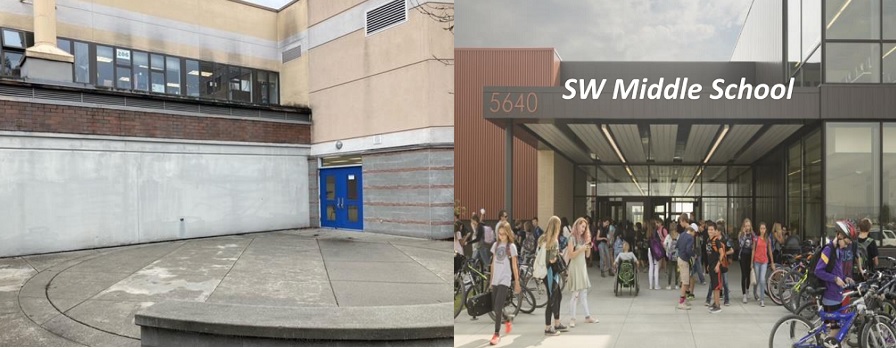
It’s no secret that the infrastructure at the South Whidbey campuses needs some serious work. We engaged with the community to determine what was needed and ran a school bond in April. We had 1,201 more Yes votes than No votes, but still fell 129 votes short of the 60% +1 vote required by the state constitution to pass a school bond.
That won’t be the end of it, of course. The school board and bond committee are currently working on how to best bring the bond back onto the ballot. That might mean running the same proposal again and doing a better job reaching out to people to get them to vote, being more certain to correct misinformation before it can spread far and wide, and educating the community on school finance. It might mean cutting down an already-tight list of projects the bond would address and submitting it at a lower dollar amount–and then still doing all of the other things mentioned above.
Any bond that we put forward would address true needs at the schools: the roof and siding at the middle/high school is around 30 years old and have reached the end of its lifespan, the middle school and high school deserve separate entrances to give students a sense of belonging, the courtyard at the middle/high school really needs to be upgraded to be a functional place for students to enjoy, the parking lots need upgrading to replace aging asphalt and improve traffic flow, the aging play structure at the elementary school needs replacing, the heating and cooling systems need to be upgraded to comply with a new state law, the restrooms at the elementary school have not been upgraded in decades, and much more.
And thanks to the high property values in the district, the rate to individual homeowners would be lower than in many districts: the median property value on South Whidbey is just under $500,000–the added property tax on that half-million-dollar property would be less than $30 per month. And if property values continue to go up, the cost would not increase. A bond spreads the cost of these needed repairs, replacements, and upgrades over 20 years, rather than piling it all into 3-4 years as a levy would.
It’s the smart next step for the district, and something that needs to happen to make our schools a more welcoming place where students, staff, and community feel like they belong.